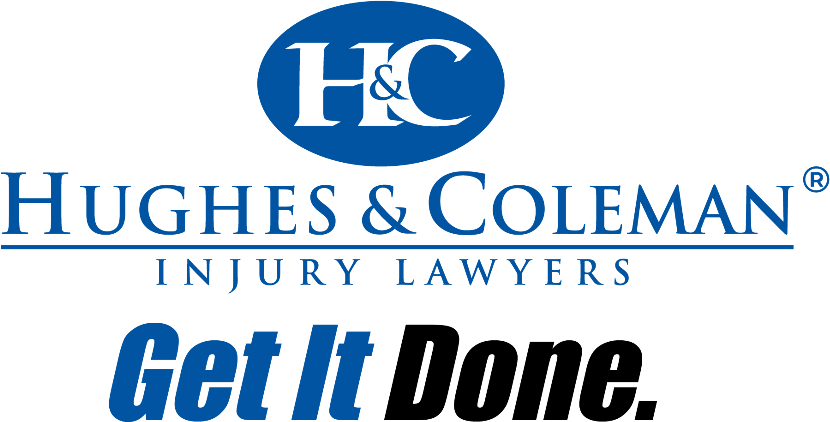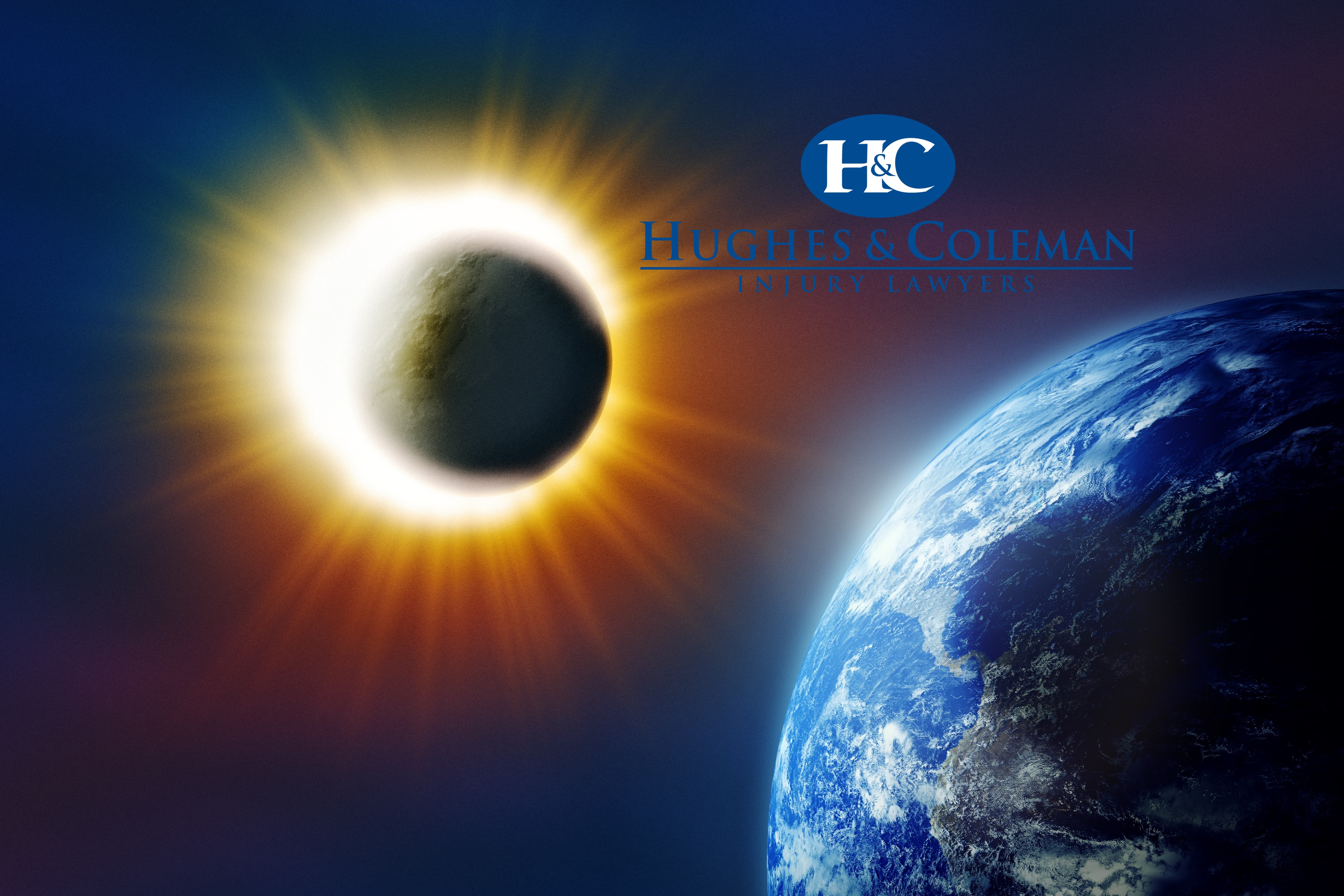-

A wave of excitement over the rare total solar eclipse sweeps the nation in the days and weeks leading up to the event. Here’s how to safely enjoy this exciting astronomical phenomenon.
The so-called “Great American Eclipse” will be the first time the U.S. mainland has seen a total solar eclipse since 1979. Nearly 30 years later, the spectacle is gathering daily media coverage, prompting even the Federal Government to warn that this could be a “rare event.”
While a lunar eclipse may hide the moon, a total solar eclipse is very different. As the moon passes in front of the sun, for about 3 minutes the sun’s visible disk is completely covered by the moon – making the sun safe to view with the naked eye.
This particular eclipse on August 21, 2017, will darken skies from coast to coast and occur in 14 states. The “path of totality”, or the 70-mile-wide path that goes from Oregon to South Carolina, is expected to gather millions of viewers countrywide.
Kentucky and Tennessee
While many Americans outside of the path of totality will only see a partial eclipse, those inside the path will see utter darkness for those brief moments. At most, the moon will completely cover the sun for about 2 minutes and 40 seconds, according to Space.com.
For Kentucky and Tennessee residents it’ll occur between 1:22 p.m. to 1:27 p.m. depending on where you’re standing.
Check to see if you’re in the path of totality in Kentucky.
Check to see if you’re in the path of totality in Tennessee
Viewing Safety During the Eclipse
Even though the sun will be safe to view for those short few minutes, experts urge spectators to not be tempted to look without the proper protection. Sun glasses themselves are not enough to protect the eyes of spectators. Instead, they must use special solar sunglasses that protect the wearer from the sun’s damaging rays.
Ralph Chou, professor emeritus at the School of Optometry & Vision Science at the University of Waterloo in Canada spoke with Space.com about the issue:
“I have seen instances where the patient has eventually shown up with crescents burned into the back of the eye, and you can almost tell exactly when they looked,” he said. Even a sliver of the sun peeking out from behind the moon can be damaging. Worse, he warns, people may not notice the damage to their eyes until well after it’s too late.
“Let’s say you take a look at the sun in the afternoon. The cells get overloaded, and they’re actually still able to function for a little while, but overnight while you’re asleep … the cells start [to] lose their function, and then they even start to die depending on exactly how badly they’ve been affected,” he explained. People may wake up the next morning with eclipse blindness – having symptoms of blurry vision or complete blindness.
Counterfeit Solar Viewers
Obtaining proper viewing glasses, however, may not be as simple as ordering the cheapest pair off amazon.com. The Washington Post notes that counterfeit eclipse viewing glasses, that do not provide the necessary protection, are flooding the market. Many of these fakes are labeled as if they were compliant with the strict ISO safety standard when in reality, they are not.
So how can you tell if the solar eclipse glasses you are buying are the real deal? On your own, the simple answer is…you can’t. The American Astronomical Society tells us that determining whether a lens meets the ISO 12312-2 international safety standard, requires a specialized and expensive piece of laboratory equipment called a spectrophotometer. Instead, the AAS provides a list of reputable brands and vendors that they trust to sell ISO compliant solar viewers.
In addition to proper viewing glasses, the Federal Government also warns that increased traffic will occur during the peak hours of the total eclipse. The Federal Highway Association (a division of the U.S. Department of Transportation) estimates that 200 million people live within a day’s drive of the path of this eclipse – making travel and viewing more enticing. While all 200 million aren’t expected to travel to the viewing path, up to 7.4 million may travel to attend. This could double the population in those areas, rural or otherwise. Drivers are urged to be extra cautious during their commutes and to avoid the path if possible.
Road Safety During the Eclipse
Drivers should be on the lookout for possible dangerous situations as the eclipse occurs. The skies will darken, introducing the need for headlights. Additionally, parking on the side of the road to view the event is not recommended by experts. Instead, they urge spectators to plan well in advance to be able to park at an area that the eclipse will be visible.
The Federal Highway Administration also encouraged being aware of school groups, other drivers who may be as gawking at the eclipse while driving, and traffic jams.
“The distraction [from the] Solar Eclipse may mean it’s not a good day to schedule work zones and detours,” they said.
Avoid Car Accidents or Personal Injury During the Total Solar Eclipse
Car accident lawyers recommend the following to stay as safe on the roads as possible:
- Don’t stop along the side of the road
- Don’t photograph or video while driving
- Don’t wear special eclipse glasses while driving
- When the eclipse occurs, turn on headlights
- Watch out for others that may park alongside the road or be walking distractedly
- Don’t look directly at the sun without appropriate eye protection
Source: US Department of Transportation & Space.com
Get In Touch Today!
We offer free consultations 24/7 and there will always be someone here to take your call. Call our personal injury lawyers today for a free consultation or fill out this form and we will contact you.
We serve clients across Tennessee and Kentucky and we have several offices throughout both states. See all of our locations and contact us today.


